Kenneth MacSporran Mayer
Wireless Information and Energy Transfer in the Era of 6G Communications
Apr 29, 2024
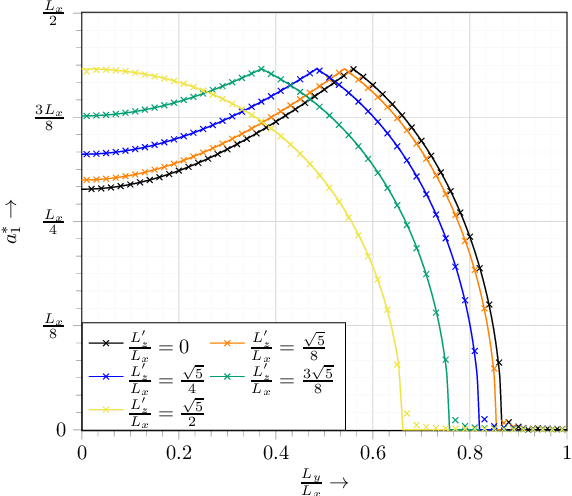
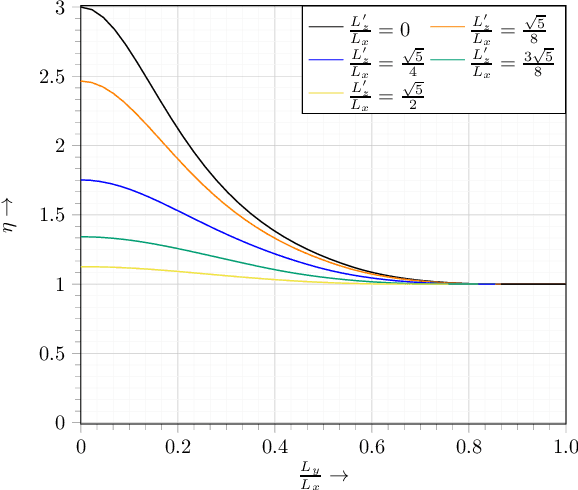

Abstract:Wireless information and energy transfer (WIET) represents an emerging paradigm which employs controllable transmission of radio-frequency signals for the dual purpose of data communication and wireless charging. As such, WIET is widely regarded as an enabler of envisioned 6G use cases that rely on energy-sustainable Internet-of-Things (IoT) networks, such as smart cities and smart grids. Meeting the quality-of-service demands of WIET, in terms of both data transfer and power delivery, requires effective co-design of the information and energy signals. In this article, we present the main principles and design aspects of WIET, focusing on its integration in 6G networks. First, we discuss how conventional communication notions such as resource allocation and waveform design need to be revisited in the context of WIET. Next, we consider various candidate 6G technologies that can boost WIET efficiency, namely, holographic multiple-input multiple-output, near-field beamforming, terahertz communication, intelligent reflecting surfaces (IRSs), and reconfigurable (fluid) antenna arrays. We introduce respective WIET design methods, analyze the promising performance gains of these WIET systems, and discuss challenges, open issues, and future research directions. Finally, a near-field energy beamforming scheme and a power-based IRS beamforming algorithm are experimentally validated using a wireless energy transfer testbed. The vision of WIET in communication systems has been gaining momentum in recent years, with constant progress with respect to theoretical but also practical aspects. The comprehensive overview of the state of the art of WIET presented in this paper highlights the potentials of WIET systems as well as their overall benefits in 6G networks.
Joint Transmit Signal and Beamforming Design for Integrated Sensing and Power Transfer Systems
Nov 12, 2023

Abstract:Integrating different functionalities, conventionally implemented as dedicated systems, into a single platform allows utilising the available resources more efficiently. We consider an integrated sensing and power transfer (ISAPT) system and propose the joint optimisation of the rectangular pulse-shaped transmit signal and the beamforming vector to combine sensing and wireless power transfer (WPT) functionalities efficiently. In contrast to prior works, we adopt an accurate non-linear circuit-based energy harvesting (EH) model. We formulate and solve a non-convex optimisation problem for a general number of EH receivers to maximise a weighted sum of the average harvested powers at the EH receivers while ensuring the received echo signal reflected by a sensing target (ST) has sufficient power for estimating the range to the ST with a prescribed accuracy within the considered coverage region. The average harvested power is shown to monotonically increase with the pulse duration when the average transmit power budget is sufficiently large. We discuss the trade-off between sensing performance and power transfer for the considered ISAPT system. The proposed approach significantly outperforms a heuristic baseline scheme based on a linear EH model, which linearly combines energy beamforming with the beamsteering vector in the direction to the ST as its transmit strategy.
Optimal Transmit Antenna Deployment and Power Allocation for Wireless Power Supply in an Indoor Space
Jul 05, 2023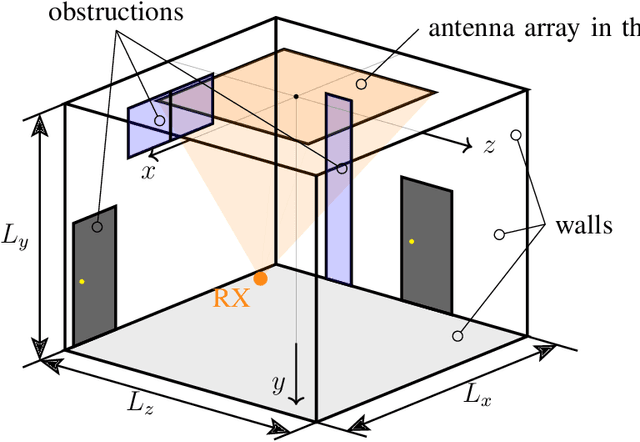
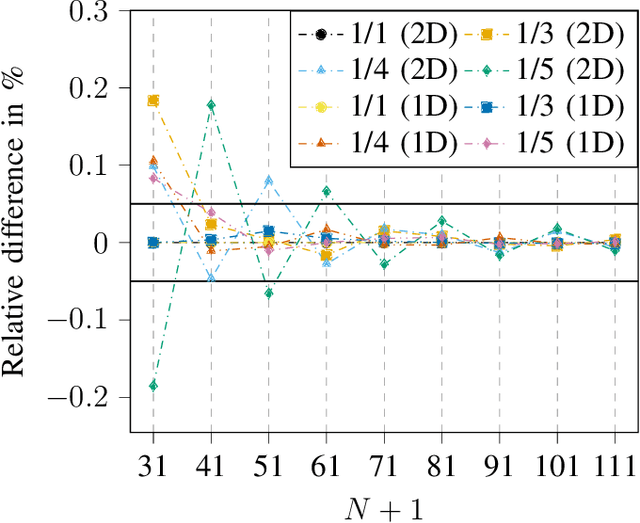
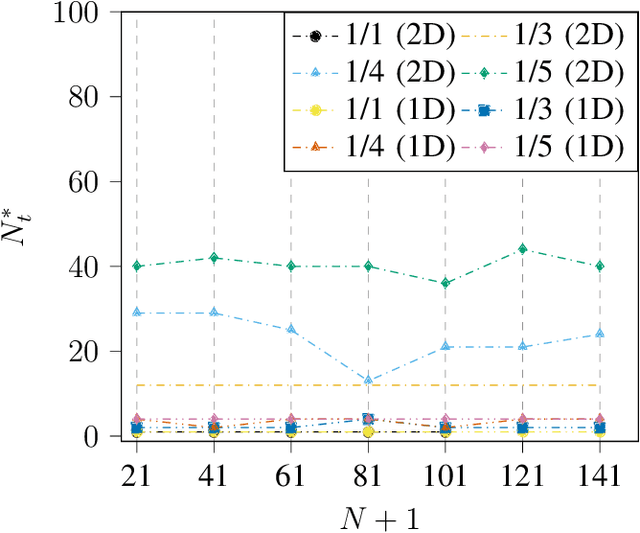
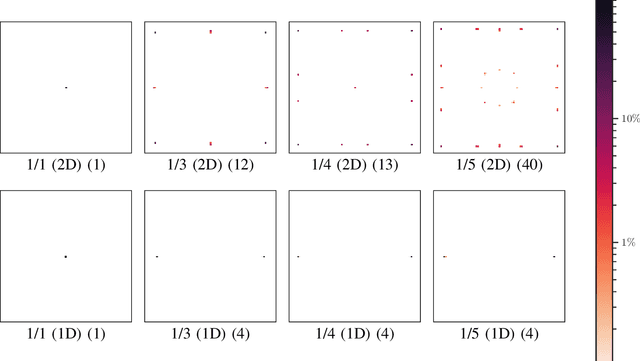
Abstract:As Internet of Things (IoT) devices proliferate, sustainable methods for powering them are becoming indispensable. The wireless provision of power enables battery-free operation and is crucial for complying with weight and size restrictions. For the energy harvesting components of these devices to be small, a high operating frequency is necessary. In conjunction with an electrically large antenna, the receivers may be located in the radiating near-field (Fresnel) region, e.g., in indoor scenarios. In this paper, we propose a wireless power transfer system to ensure a reliable supply of power to an arbitrary number of mobile, low-power, and single-antenna receivers, which are located in a three-dimensional cuboid room. To this end, we formulate a max-min optimisation problem to determine the optimal allocation of transmit power among an infinite number of radiating elements of the system's transmit antenna array. Thereby, the optimal deployment, i.e, the set of transmit antenna positions that are allocated non-zero transmit power according to the optimal allocation, is obtained implicitly. Generally, the set of transmit antenna positions corresponding to the optimal deployment has Lebesgue measure zero and the closure of the set has empty interior. Moreover, for a one-dimensional transmit antenna array, the set of transmit antenna positions is proven to be finite. The proposed optimal solution is validated through simulation. Simulation results indicate that the optimal deployment requires a finite number of transmit antennas and depends on the geometry of the environment and the dimensionality of the transmit antenna array. The robustness of the solution, which is obtained under a line-of-sight (LoS) assumption between the transmitter and receiver, is assessed in an isotropic scattering environment containing a strong LoS component.
Optimal Antenna Placement for Two-Antenna Near-Field Wireless Power Transfer
Oct 31, 2022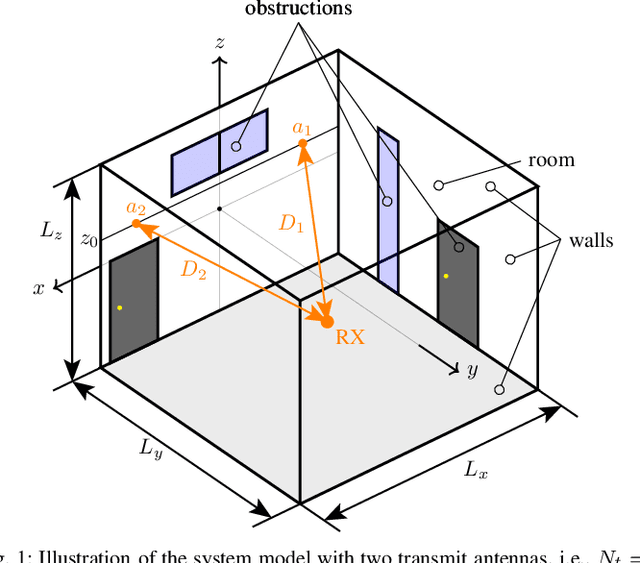
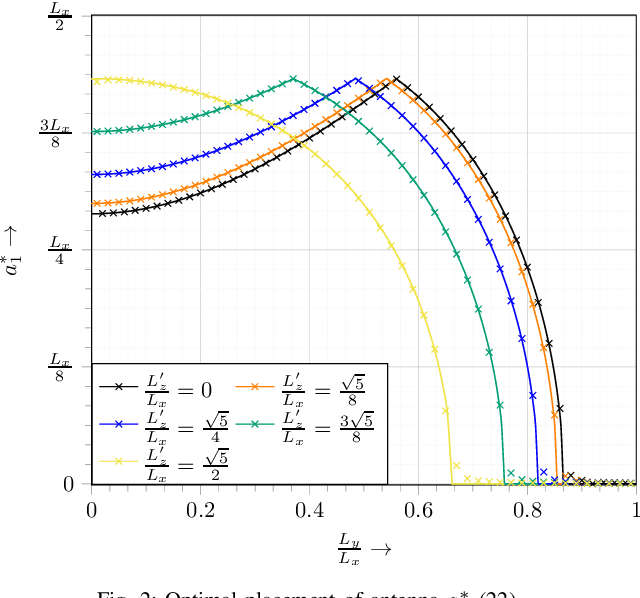
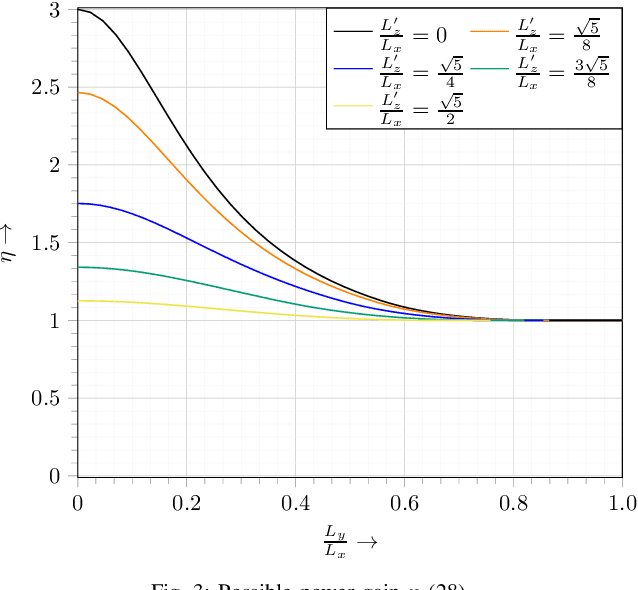
Abstract:Current trends in communication system design precipitate a change in the operating regime from the traditional far-field to the radiating near-field (Fresnel) region. We investigate the optimal transmit antenna placement for a multiple-input single-output (MISO) wireless power transfer (WPT) system designed for a three-dimensional cuboid room under line-of-sight (LoS) conditions in the Fresnel region. We formulate an optimisation problem for maximising the received power at the worst possible receiver location by considering the spherical nature of the electromagnetic (EM) wavefronts in the Fresnel region while assuming perfect knowledge of the channel at the transmitter. For the case of two transmit antennas, we derive a closed-form expression for the optimal positioning of the antennas which is purely determined by the geometry of the environment. If the room contains locations where the far-field approximation holds, the proposed positioning is shown to reduce to the far-field solution. The analytical solution is validated through simulation. Furthermore, the maximum received power at the locations yielding the worst performance is quantified and the power gain over the optimal far-field solution is presented. For the considered cuboid environment, we show that a distributed antenna system is optimal in the Fresnel region, whereas a co-located antenna architecture is ideal for the far-field.
 Add to Chrome
Add to Chrome Add to Firefox
Add to Firefox Add to Edge
Add to Edge